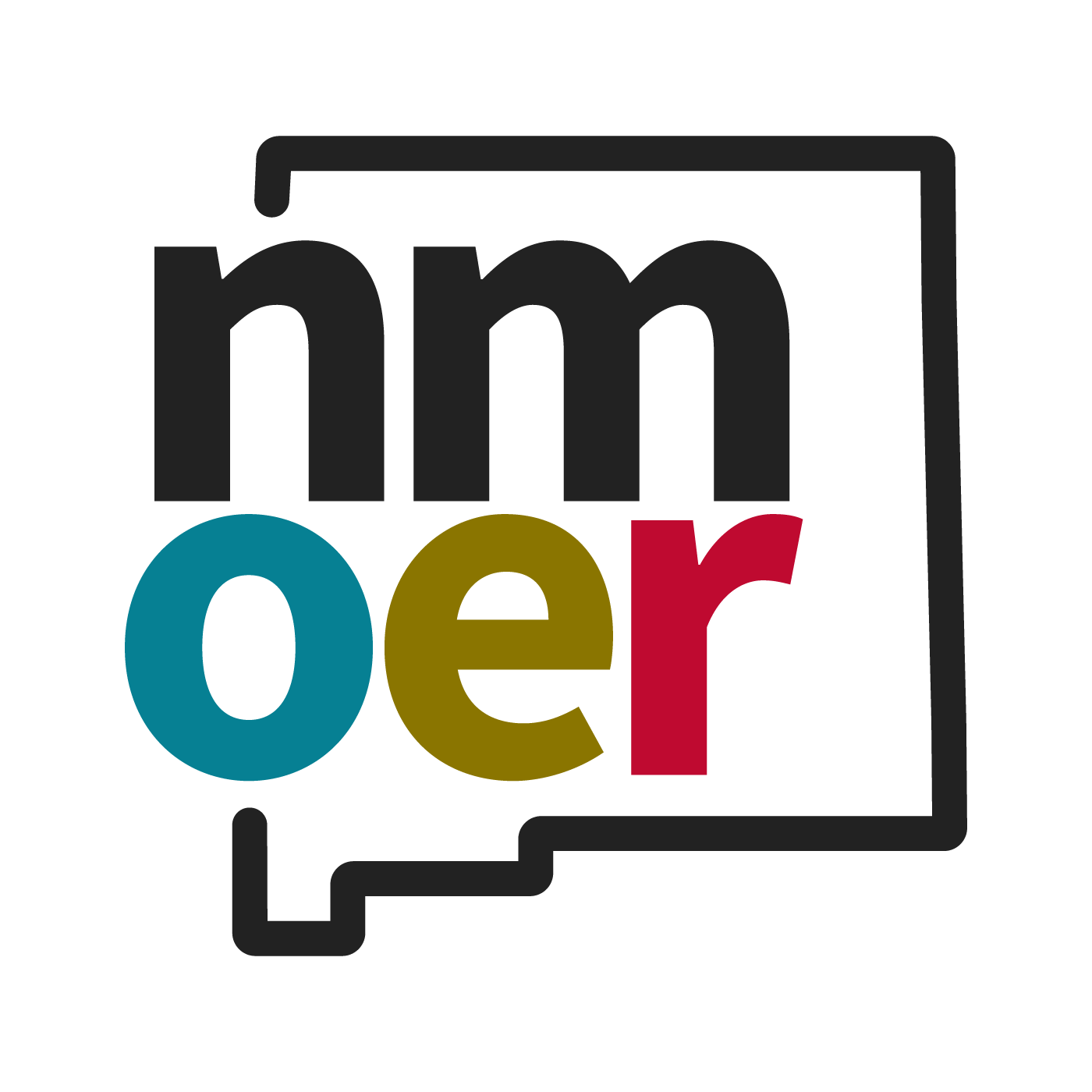18 Popul Vuh
Nahir I. Otaño Gracia and Averie Basch
Quiché Language
Pre-Columbian Oral Tales
1550s in Manuscript form
The Popol Vuh (‘“The Book of the People”) provides a valuable record of a subject about which knowledge is quite scarce: the Mesoamerican civilization. Specifically, the Popol Vuh provides valuable records of the literate Mayan Quiché people, who once prospered in what is today Guatemala. One finds a sad irony in the fact that the survival of the text is due to the translation of the Spanish Dominican clergy man Francesco Ximéne, as the same group of colonists who would lead to the destruction of the Mayan empire also preserved one of its most important cultural documents. Within the Popol Vuh, one finds reference to the Spanish conquerors and Christians, some straightforward allusions, others oblique and debated by scholars. The text is often cited in the study of comparative literature for its Creation and Flood narratives, but Popol Vuh also contains stories that provide the iconic source material for certain important Mayan rituals, such as the ball games and sacrifice. Of special interest is the role played by the hero-twins, Hunahpú and Xbalanqué. The twins manage to defeat such threatening forces as Seven Macaw and the lords of the underworld not through a display of brawn and bravado but through their wit and trickery. The section of Popol Vuh for the reading ends with a moving prayer for future generations of the Quiché people.
Questions to consider while reading this selection:
- How do Hunahpu and Xbalanque, the heroes of Mayan myth, compare and contrast with other epic heroes that we have encountered in our studies?
- In much Western culture, human beings are set above the animal and natural world (see for example the accounts of creation in Genesis and [Theogony]). What is the Mayan attitude toward animals and the natural world?
- Select one event from the Popol Vuh that you find alien, disturbing or just plain weird. Explain why you find it so, and then try to explain what it tells us about Mayan culture.
- Do you find any humorous touches in the stories of Hunahpu and Xbalanque?
Written by Douglass Thomson10727
Popul Vuh
The full text of the Popul Vuh is available at the following link:
https://www.mesoweb.com/publications/Christenson/PopolVuh.pdf
Please focus on the following selections:
- Introductory materials:
- The Translator’s Preface (4-16)
- Christenson’s Introduction (16-28)
- History of the Popol Vuh Manuscript (29-33)
- Creation Tales:
- “Preamble” (50)
- “The Primordial World” (58)
- “Creation of the Earth” (59-63)
- “Creation of the Animals” (63-64)
- “Fall of the Animals” (64-66)
- “Creation of the Mud Person” (66-68)
- The Creation of Humanity (180)
- The Discovery of Maize (180-183)
- Tales of the Underworld
- Othe Tales of One Hunahpu and Seven Hunahpu (101-115)
- The Tales of Lady Blood (115-127)
- The Tales of Hunahpu and Xbalanque (127-179)
FURTHER READINGS:
For an hour-long video on Popul Vuh, watch this movie here: https://www.youtube.com/watch?v=FHSOGryN-DA


